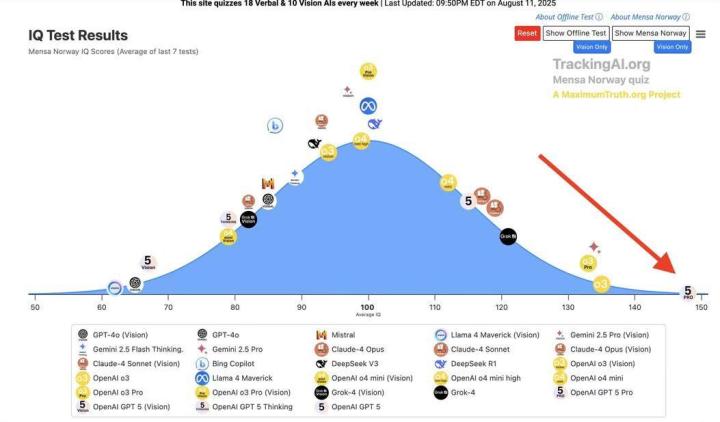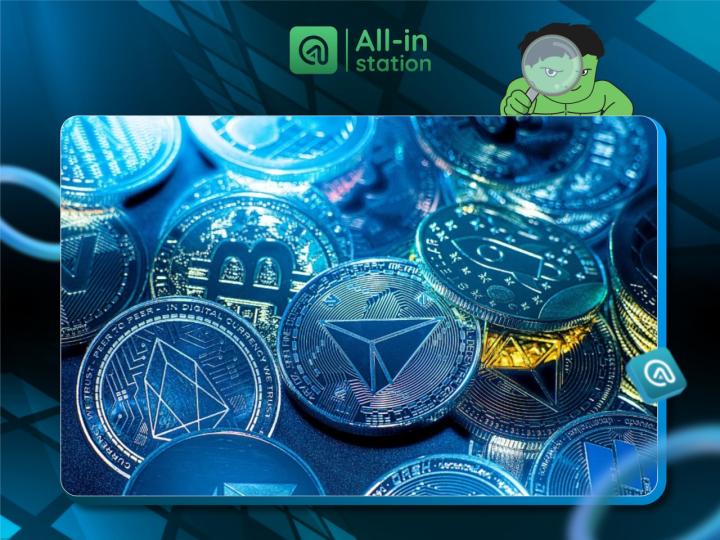After Temporary Return, How Do ChatGPT User Experience and Costs Balance?
GPT-4o has fully returned.
Zhidongxi reported on August 14th that yesterday, OpenAI CEO Sam Altman announced the latest upgrade to ChatGPT on the X platform. For paid users, GPT-4o is now back in the default model selector; GPT-5 now has new "Auto", "Quick", and "Thinking" modes, providing users with more choices.
Unlike the update from last weekend, GPT-4o's permissions have now expanded from being limited to Plus and Team users to all paid users; users wanting to use this model can now directly select it from the top left without complicated setup. However, free users have said goodbye to GPT-4o.
[Image]
Addressing previous complaints about GPT-4o going offline too quickly, Altman promised that if they ultimately decide to discontinue GPT-4o, OpenAI will provide sufficient advance notice.
Paid users can now also add models like OpenAI o3, GPT-4.1, and GPT-5 Thinking mini in the ChatGPT web settings by clicking "Show other models". GPT-4.5 is only available for Pro users at $200/month due to its high GPU resource consumption.
Most users welcome GPT-4o's return, but Altman's tweet has again sparked collective criticism. He wrote: "We are updating GPT-5's personality to feel warmer, but for most users, it won't be as annoying as GPT-4o."
[Image]
An artist in the comments wrote a long letter in response, arguing that what Altman calls "annoying" is precisely what most people deeply cherish: emotional authenticity, genuine conversational flow, intuitive insights, and nuanced emotional intelligence.
Simplifying this issue to "warmth" versus "coldness" seriously overlooks a deeper reality: why users, especially creative and emotion-driven individuals, prefer models like GPT-4o and GPT-4.5.
The artist further added that true emotional depth isn't superficial warmth, but about meaningful emotional intelligence, intuitive understanding, and genuine connection. It allows users to feel real understanding, inspiration, and emotional resonance. Without these qualities, creativity would be severely impaired.
[Image]
Some users were also dissatisfied with Altman's attitude - paying users should have sufficient choice rights, and being able to use GPT-4o isn't a favor from Altman, but users reclaiming what was originally theirs.
[Image]
Reddit users discovered some changes after GPT-4o's return.
[Image]
Some users believe the rolled back GPT-4o version is clearly different from the previous version. It feels more like GPT-5 with minor adjustments. The personality is completely different, with responses now feeling mechanical, brief, and contextually disconnected.
Some noticed that the returned GPT-4o seems less inclined to use emojis, though tone and style haven't changed significantly.
Some users found that when first accessing GPT-4o, the model had completely forgotten everything, often forgetting key details. Others reported that long-term contextual memory took a long time to recover, with user experience only returning to normal after multiple conversations.
[Image]
In the comments, some users shared a solution: directly resending conversation records to GPT-4o and guiding it to learn past communication styles.
[Image]
Conclusion: GPT-4o Temporarily Returns - How to Balance User Experience and Costs?
OpenAI's initial plan to provide GPT-5 universally and phase out all other models has some cost-side rationality: unifying the GPT-5 family models and automatically calling different-tier models based on prompt complexity could maximize computational resource savings.
As a company with 700 million weekly active users, OpenAI must balance serving users and advancing scientific research, both of which require substantial computational resources. GPT-5 might be the company's new solution to this challenge, but user feedback suggests it's far from perfect, with obvious gaps - design-wise overlooking the real needs of users primarily seeking emotional companionship and creative tools.
In the future, balancing user experience and costs remains a key issue OpenAI needs to address.
This article is from the WeChat public account "Zhidongxi" (ID: zhidxcom), author: Chen Junda, editor: Yun Peng, published with authorization from 36Kr.






